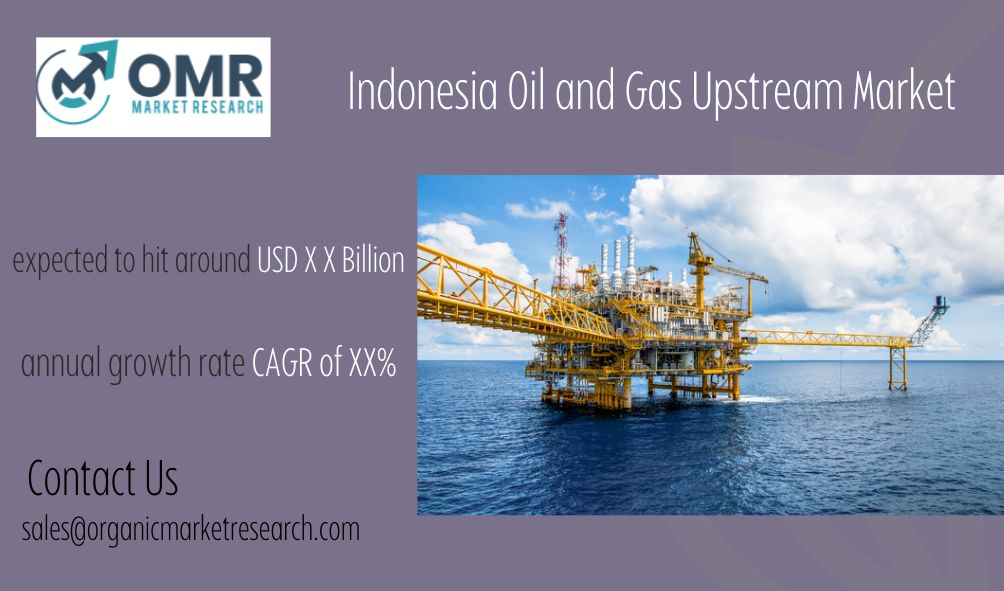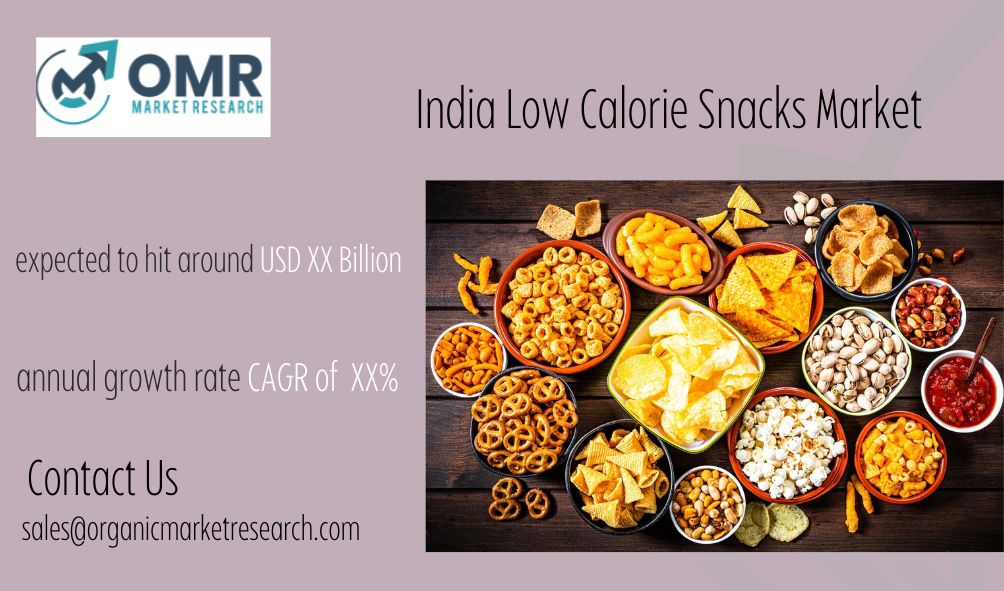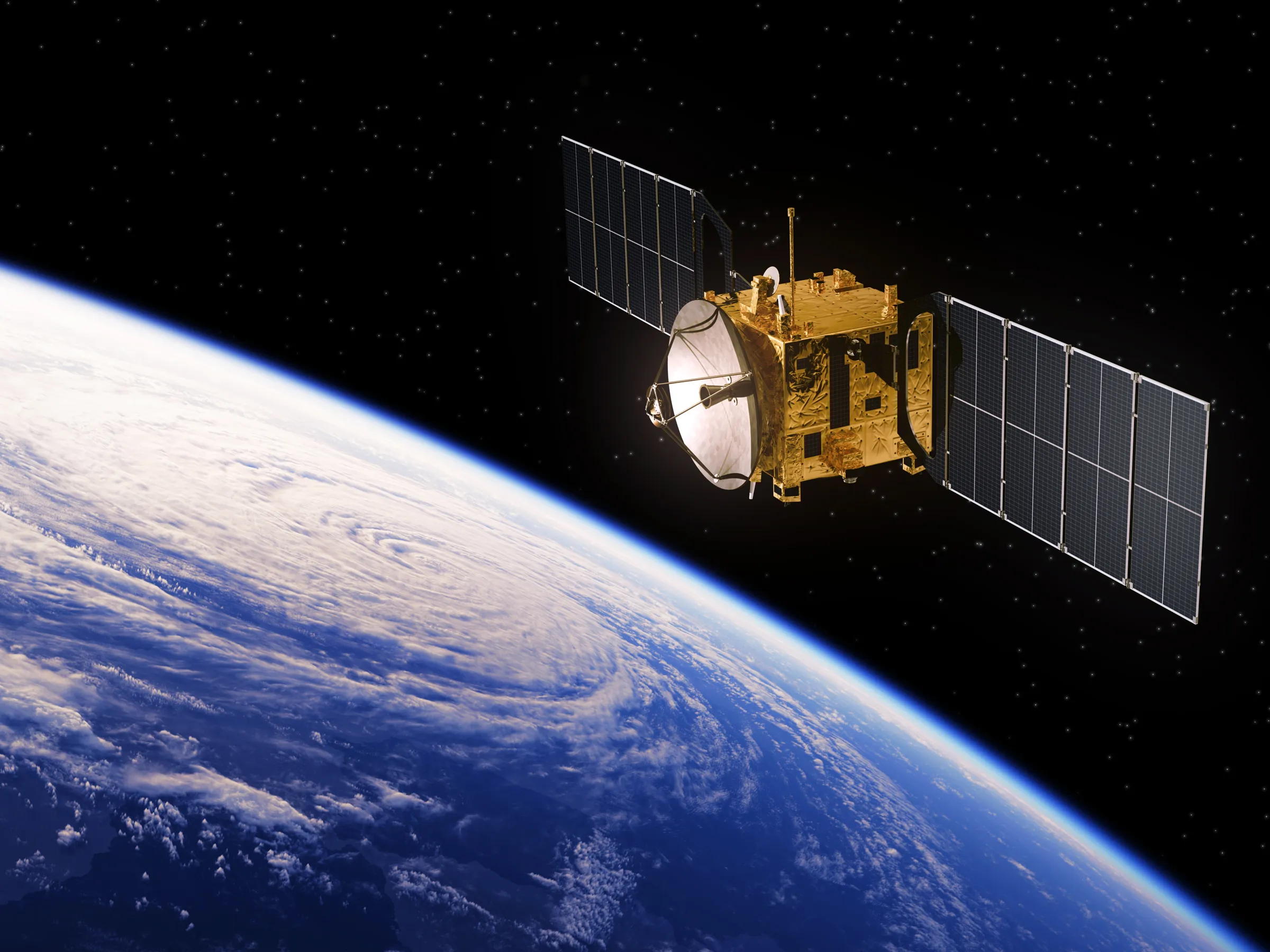Indonesia Oil and Gas Upstream market size was USD xx billion in 2023 and the market is projected to touch USD xx billion by 2032, at a CAGR of xx % during the forecast period. The Indonesian oil and gas upstream focus on discovering and extracting crude oil and natural gas resources from the earth. This involves activities such as exploration, drilling and production, all aimed at uncovering and extracting these valuable natural resources. Indonesia, being an archipelago nation, is endowed with substantial oil and gas reserves, hence the importance of the upstream sector in its economy. Indonesia boasts varied geological features both onshore and offshore. As such, they make it possible for businesses to get involved in upstream ventures hence meeting both global and domestic energy requirements.
Indonesia’s oil and gas upstream market has encountered several difficulties and opportunities in recent years. Despite having abundant natural resources, this country has seen challenges in prospecting and production as a result of ageing infrastructure as well as regulatory bottlenecks. However, new measures aimed at luring potential investors and enhancing regulatory systems have been put in place so as to breathe a new life in the sector and make it more competitive. Furthermore, advents in technology have make it easier to explore and also produce more efficiently thus getting in fields which were not accessible before. Therefore, as Indonesia moves along these lines through strategic investments, innovative technologies, as well as beneficial regulatory reforms, the direction of the country’s oil and gas upstream sector will largely depend on this, which would, in turn lead to nonstop progress as well as prosperity for all.

Indonesia Oil and Gas Upstream report scope and segmentation.
Indonesia Oil and Gas Upstream dynamics
The market is influenced by multiple factors. More so, investment choices in Indonesia along with exploration operations are affected to a great extent by fluctuation in global oil market prices. Fluctuations in oil prices at a worldwide arena, decisions that revolve around production by major oil producing countries and the demand for oil in the market could result to unstable oil prices thus directly impacting on the viability and profitability of upstream projects within Indonesia. Moreover, market is significantly influenced by regulatory frameworks and government policies. Increased foreign direct investments and boost the financial supportiveness can also help accelerate exploration activities and boost the production capacity of local producers. Conversely, investor uncertainty or regulatory inconsistencies can hinder investment and stifle the development of the sector.
Furthermore, technological changes continue to innovate, enhance efficiencies as well as explore new frontiers in the oil & gas sector. The advancement includes modern seismic imaging technology, drilling methods, advanced drilling methods just to mention a few examples of what it can do for its users. With these tools companies are able to tap on new reserves that have not been touched before while at the same time increasing their output from old ones. Through accepting digitalization plus automation operational efficiency is elevated hence lowering costs. Market dynamics on the other hand are being more influenced by environmental factors with a lot more attention being paid towards sustainability and carbon reduction strategies. As the industry transitions towards cleaner energy sources, such as renewable energy and natural gas, companies operating in the upstream market must adapt to changing consumer preferences and regulatory requirements to remain competitive and sustainable in the long term.
Indonesia Oil and Gas Upstream drivers
Government Initiatives and Policy Support
Important advancements and supportive rules by the Indonesian government are propelling growth in the upstream oil and gas sector. This includes policies like attracting foreign investments, simplifying regulations, and offering tax breaks which call for companies to look for oil and gas deposits. Government collaborations with industry players facilitate infrastructure development, improve market access, and promote sustainable practices. A favourable investment climate encourages the government to stimulate upstream sector operations, thereby enhancing economic growth and energy security.
Exploration Success and Resource Potential
In Indonesia, discoveries of new oil and gas reserves and successful exploration efforts are a major driving force in the upstream market. Exploration activities have the capacity to unveil significant hydrocarbon deposits and subsequently attract investment funds necessary for further progress especially when they are intensified in regions that have not been thoroughly explored. Finding large reserves of fossil fuels enhances the attractiveness of a country to foreign investors and makes it more influential in global fuel markets, boosting their national economy. Improved methods of exploration, which include better imaging of seismic waves with respect to earth’s structure or other techniques like 3D seismic mapping can help to find oil deposits very far from each other and so cost-effective way possible towards trap formation areas.
- Restraints:
Environmental and Social Concerns
Environmental and social considerations pose significant restraints on the oil and gas upstream market in Indonesia. Concerns over environmental degradation, habitat disruption, and air and water pollution associated with extraction activities have led to increased scrutiny and regulatory oversight. Additionally, indigenous rights issues and community resistance to resource development projects can result in delays, protests, and legal challenges, impeding project progress and increasing operational risks.
Geopolitical and Regulatory Risks
The Indonesian oil and gas upstream market is facing challenges due to geopolitical instability and regulatory uncertainties. Disruption of operations, project delays, or creating investment uncertainties can be caused by political unrest, changes in government policies, as well as geopolitical tensions. Further, changes in taxation, licensing requirements, and local content regulations can affect the economics of projects and investment choices in addition to the evolving regulatory frameworks. Navigating these risks requires companies to maintain flexibility, conduct thorough risk assessments, and establish effective government and stakeholder relations to mitigate potential disruptions and uncertainties.
- Opportunities:
Energy Transition and Diversification
The global shift towards cleaner energy sources presents significant opportunities for the oil and gas upstream market in Indonesia. As the world increasingly focuses on reducing carbon emissions and transitioning to renewable energy, there is a growing demand for natural gas as a cleaner alternative to coal and oil. Indonesia, with its abundant natural gas reserves, is well-positioned to capitalize on this trend by expanding its gas exploration and production activities. Moreover, the development of renewable energy projects, such as geothermal and solar power, offers opportunities for integrated energy solutions and diversification of the energy mix. By embracing these opportunities, Indonesia can strengthen its position as a regional energy hub and attract investment in sustainable energy development.
- Segment Overview
By Product, the Indonesia oil and Gas upstream market is segmented into natural gas, crude oil, and other by-products. Natural gas, a clean-burning fossil fuel, is extracted alongside crude oil and is utilized for various purposes such as electricity generation, heating, and industrial processes. Crude oil, the most widely traded commodity globally, serves as a vital energy source for transportation, manufacturing, and petrochemical industries. Other by-products can include natural gas liquids (NGLs) like propane, butane, and ethane, which are used as feedstocks for petrochemical production or as fuels. The segmentation by product allows for a comprehensive analysis of market dynamics, including demand trends, pricing mechanisms, and revenue streams associated with each hydrocarbon resource.
By Location of Deployment, the Indonesia oil and Gas upstream market is segmented into offshore and onshore deployments. Offshore operations involve exploration and production activities conducted in marine environments, typically in coastal waters or deep-sea regions. Offshore drilling platforms, rigs, and production facilities are utilized to extract hydrocarbon reserves located beneath the ocean floor. On the other hand, onshore operations occur on land, including exploration and production activities conducted in terrestrial environments. Workers use onshore drilling rigs, well pads, and production facilities to get to hydrocarbon reservoirs located beneath the earth’s surface. Regarding deploying segmentation by locations, it helps in concentrating our thought process on operational challenges, regulatory considerations, and investment opportunities associated with offshore and onshore oil and gas projects.
Indonesia Oil and Gas Upstream market competitive landscape
Major players such as ExxonMobil, Chevron, and Shell dominate with extensive global operations, advanced technology, and substantial financial resources, allowing them to pursue large-scale exploration and production projects across diverse geographies. National oil companies like Saudi Aramco, Gazprom, and PetroChina wield significant influence within their respective countries, often controlling vast reserves and enjoying government support. Independent operators such as ConocoPhillips and Occidental Petroleum specialize in specific regions or niche markets, leveraging agility and innovation to compete effectively. Additionally, the competitive landscape is influenced by regulatory frameworks, geopolitical factors, technological advancements, and market dynamics, driving strategic decisions regarding investment, partnerships, and market positioning.
Indonesia Oil and Gas Upstream Recent Developments
- May 2023, Indonesia’s Abadi LNG project is set to commence production by January 1, 2030, as per its approved development plan. The project operator, INPEX, has committed to supplying a minimum of 2 million metric tons per year of LNG for the domestic market.
- May 2024, the Indonesian government unveiled plans to offer 54 potential oil and gas blocks, both onshore and offshore, between 2024 and 2028. This initiative aims to address declining production and stimulate exploration in untapped regions to meet rising demand. Approximately half of these blocks are expected to be directly offered, while the remaining 27 will undergo regular tender processes.
- July 2023, Chevron (CVX.N) finalized agreements to divest stakes in significant Indonesian gas projects to Pertamina, Petronas, and Eni (ENI.MI). This move is anticipated to spur development at the fields, thereby enabling Indonesia to enhance its production output, which has been experiencing a decline.
Scope of Indonesia Oil and Gas Upstream report
Indonesia Oil and Gas Upstream report segmentation
In case you don’t find what, you are looking for, please get in touch with our custom research team at
Latest Report
Contact Us
+91 9319642100
sales@organicmarketresearch.com
Noida One Tower Sec 62 Noida 201301
Website: https://organicmarketresearch.com












